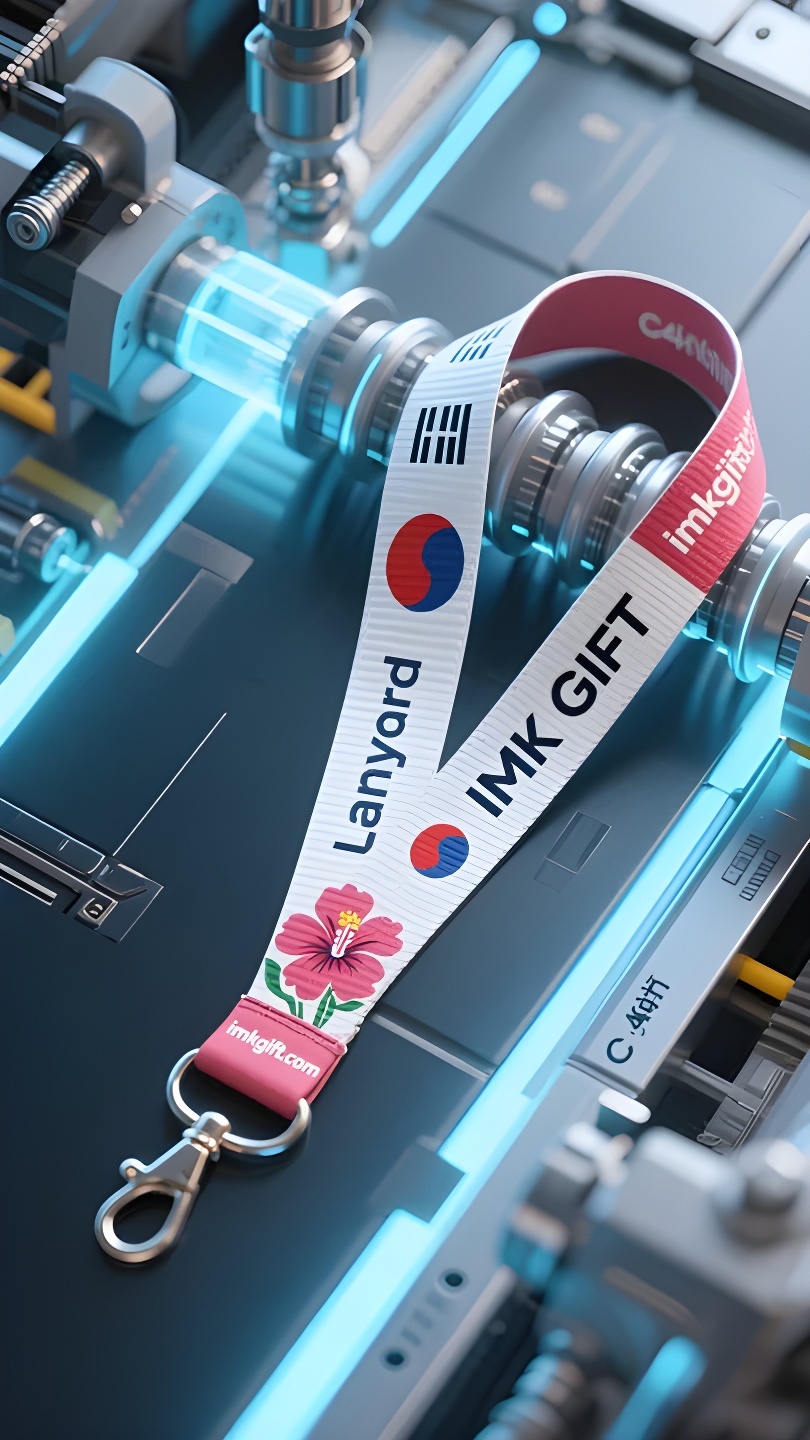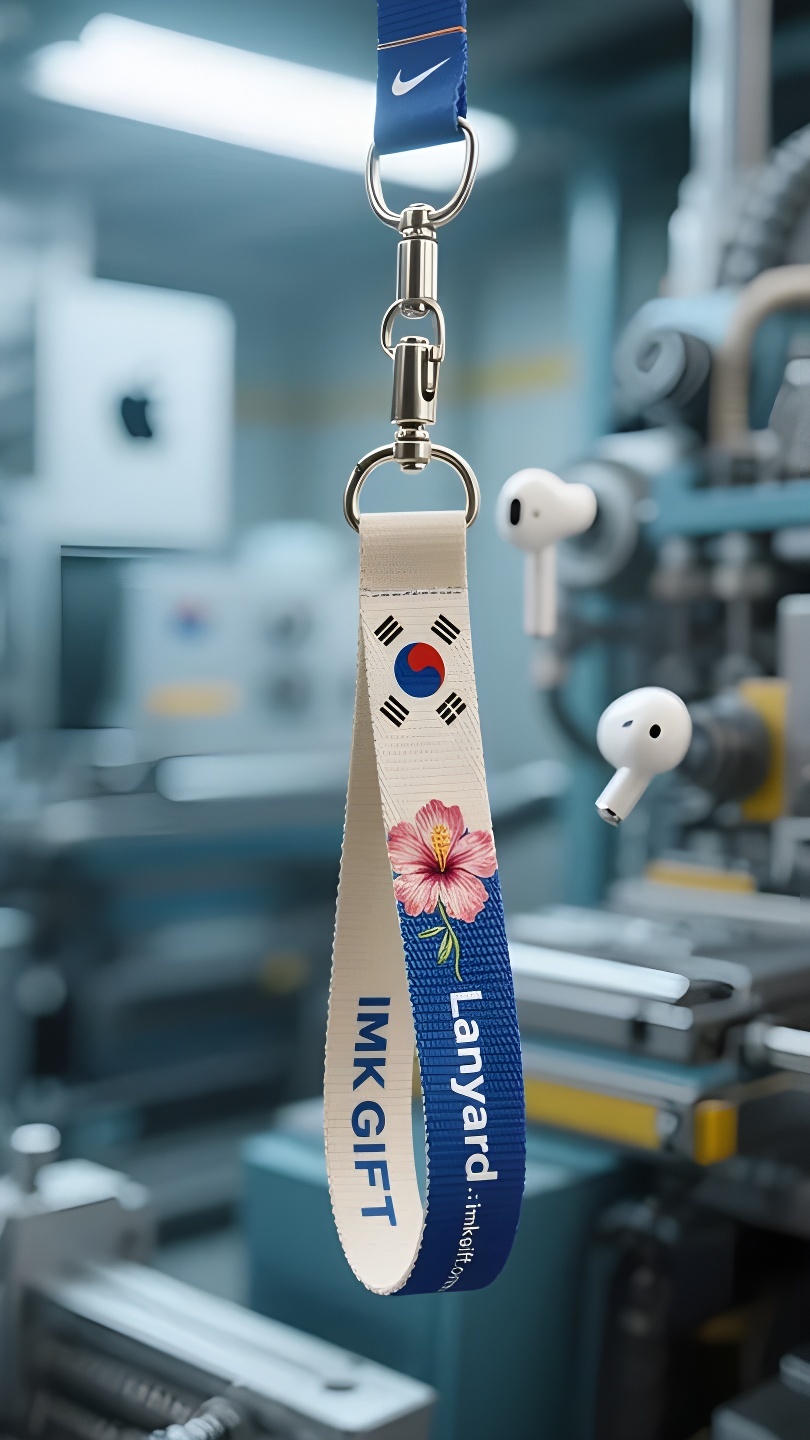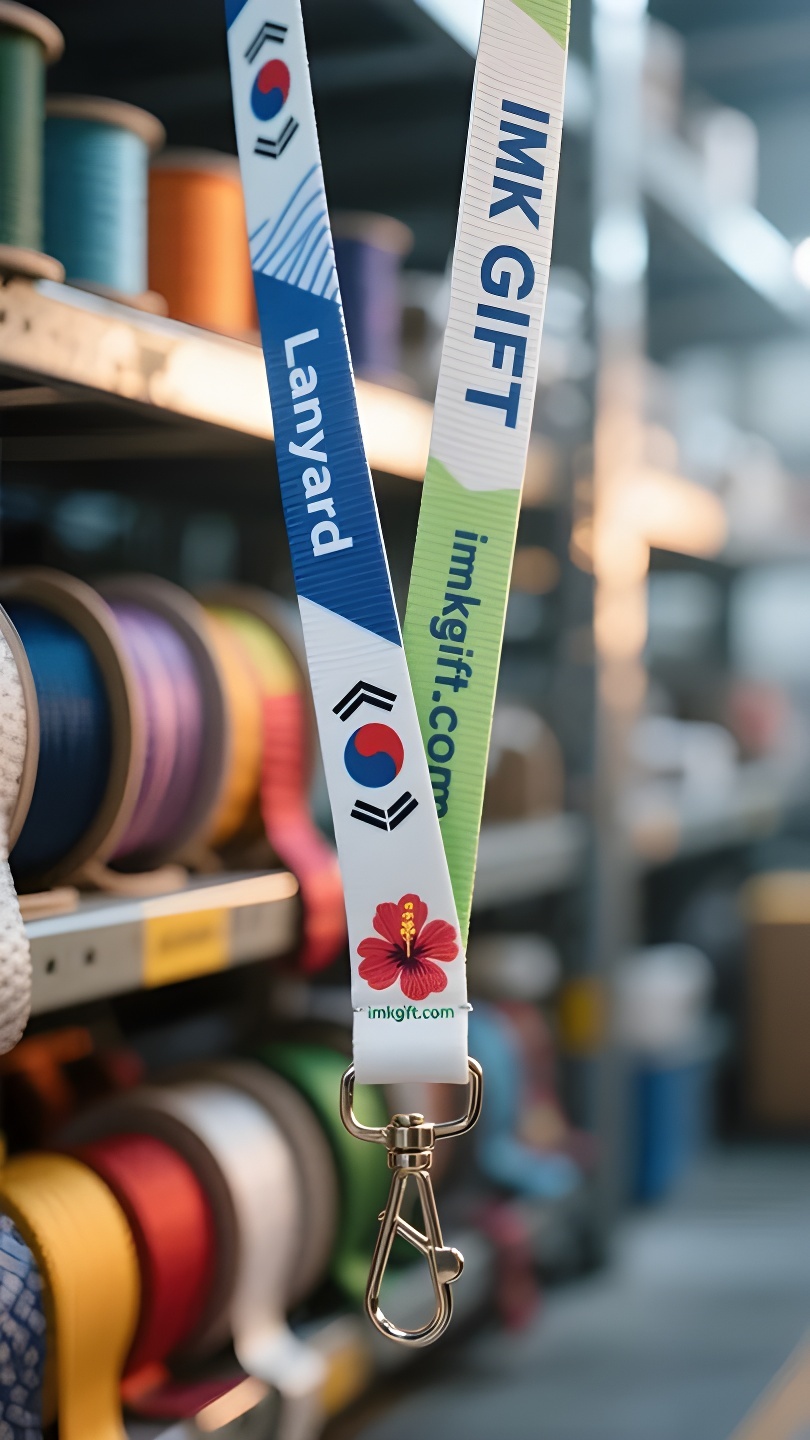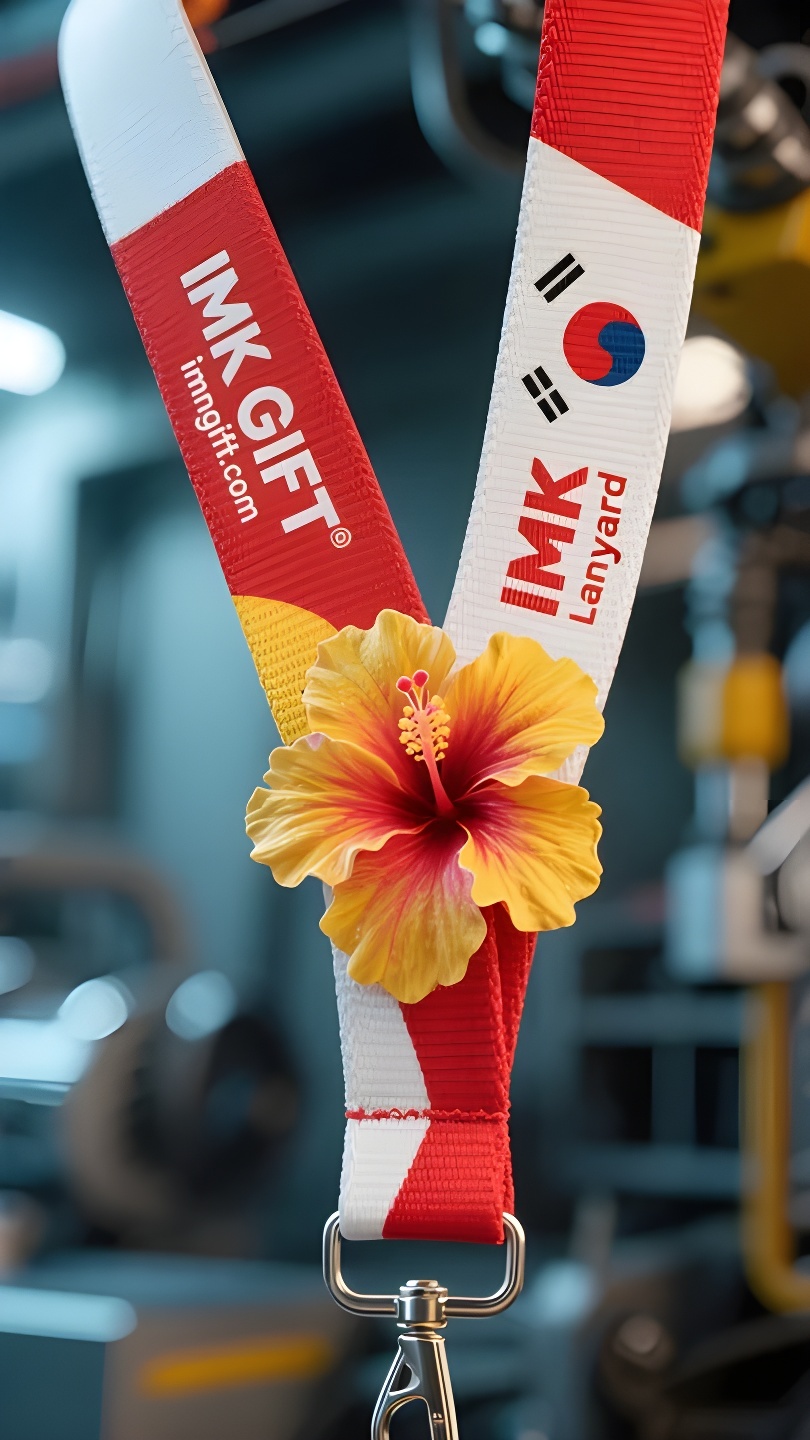in986-수천-겹의-겹꽃이-맺힌-무궁화-산과-강이-이-마음을-공유합니다
▼
10월은 한국의 가을입니다. 천궁 개궁과 한글날을 맞이하는 이 계절, 거리에는 태극기와 무궁화 꽃줄이 펄럭이며 서로의 아름다움을 더합니다. 붉은색과 파란색 태극권과 건(乾), 곤(坤), 감(鑑), 리(里)의 네 괘로 이루어진 태극기는 “음양의 조화와 만물의 공존”이라는 동양의 지혜를 담고 있을 뿐만 아니라, 5천 년 문명의 계승을 통해 얻은 회복력을 상징합니다. 태극기를 감싸고 있는 무궁화 꽃줄은 독특한 상징적 의미를 통해 현대 한국의 정신적 규범을 전달합니다. 무궁화 꽃줄은 조선 시대의 “끈매듭”에서 유래했습니다. 전통적으로 일곱 개의 매듭은 비단으로 엮어졌는데, 이는 “칠정(七情)은 예의를 넘지 않는다”는 자기 수양의 방식을 의미합니다. 오늘날, 개량된 이색 직조 기법은 국기의 파란색과 빨간색을 결합합니다. 남색 실은 지혜와 평온을, 진홍색 실은 열정과 용기를 상징합니다. 이 두 가지 색은 마치 전염병 기간 동안 국민들이 함께 보낸 3년처럼 단단한 매듭으로 얽혀 있습니다. 각 매듭 끝에 점점이 박힌 무궁화 꽃잎은 “아침에 피고 저녁에 지지만 영원히 끝나지 않는” 국화의 특징을 반영할 뿐만 아니라, 개인의 삶은 꽃처럼 짧지만 문화적 유산을 통해 영원할 수 있음을 암시합니다. 이 독특한 국가적 미적 상징은 서울 광화문 광장에서 열린 추모식에서 충격적인 시각 언어를 형성했습니다. 깃대 꼭대기에 매달린 3천 개의 줄은 마치 수많은 손이 민족의 정신을 받치고 있는 듯했습니다. 가을바람이 불면, 펄럭이는 매듭과 무궁화 꽃잎은 태극권 도형 주위를 춤추며, 마치 역사라는 긴 강물 속 끝없는 문명의 맥박처럼 보입니다. 이는 현대적 변화 속에서 한국이 문화적 안정을 유지하기 위한 코드일 수 있다. 즉, 열린 자세로 변화를 수용하고, 유연한 지혜로 기반을 보호하는 것이다.
October is the time of autumn in Korea. As the country welcomes the Opening of the Heavenly Palace and the Hangul Day, the fluttering Taegeukgi and hibiscus flower lanyards in the streets complement each other. The national flag, composed of the red and blue Tai Chi and the four hexagrams Qian, Kun, Kan and Li, not only carries the oriental wisdom of “harmony between yin and yang and coexistence of all things”, but also embodies the resilience of the five thousand years of civilization inheritance. The hibiscus flower lanyards wrapped around it are telling the spiritual code of contemporary Korea with their unique symbolic meaning. The hibiscus lanyard originated from the “ribbon knot” of the Joseon Dynasty. Traditionally, seven knots were woven with silk, implying the way of self-cultivation of “the seven emotions do not exceed the etiquette”. Today, the improved two-color weaving technique incorporates the blue and red colors of the national flag: the indigo thread symbolizes wisdom and calmness, and the crimson thread represents passion and courage. The two are intertwined into a solid knot, just like the three years that the people have spent together during the epidemic. The hibiscus petals dotted at the end of each knot not only echo the characteristics of the national flower “blooming in the morning and falling in the evening, but never ending”, but also imply that although individual life is as short as a flower, it can be eternal through cultural inheritance. This unique national aesthetic symbol formed a shocking visual language at the memorial ceremony in Gwanghwamun Square in Seoul – three thousand hanging ropes hung from the top of the flagpole, like countless hands holding up the national spirit. When the autumn wind blows, the fluttering knots and hibiscus petals dance around the Tai Chi diagram, just like the never-ending pulse of civilization in the long river of history. This may be the code for South Korea to maintain its cultural stability in modern transformation: embracing change with an open attitude and protecting the foundation with flexible wisdom.
十月的韩国秋意正浓,在迎接开天节与韩文日的时刻,街头巷尾飘动的太极旗与木槿花挂绳交相辉映。那由红蓝太极与乾坤坎离四卦组成的国旗,不仅承载着”阴阳调和、万物共生”的东方智慧,更凝聚着五千年文明传承的韧性。而缠绕其间的木槿花挂绳,正以独特的象征意义诉说着当代韩国的精神密码。
木槿挂绳源于朝鲜王朝时期的”绶带结”,传统上以丝绸编织七重绳结,寓意”七情不逾礼法”的修身之道。如今改良后的双色编织技法,将国旗的蓝红二色融入其中:靛青丝线象征智慧与冷静,绯红丝线代表热情与勇气,两者交缠成坚固的绳结,恰似疫情三年间国民携手共度的岁月。每个绳结收尾处点缀的木槿花瓣,既呼应国花”朝开暮落却生生不息”的特性,更暗喻个体生命虽如花般短暂,却能通过文化传承获得永恒。
这种独特的民族美学符号,在首尔光化门广场的纪念仪式上形成震撼的视觉语言——三千条挂绳从国旗杆顶端垂落,如同无数双手托举着民族精魂。当秋风拂过,飘动的绳结与木槿花瓣在太极图周围翩跹起舞,恰似历史长河里永不停歇的文明脉搏。这或许正是韩国能在现代转型中保持文化定力的密码:既以开放的姿态拥抱变革,又以柔韧的智慧守护根本。
▼
Contact Us
📞 Tel: +0086-760-85286839
📧 Email: sales3@imkgift.com








